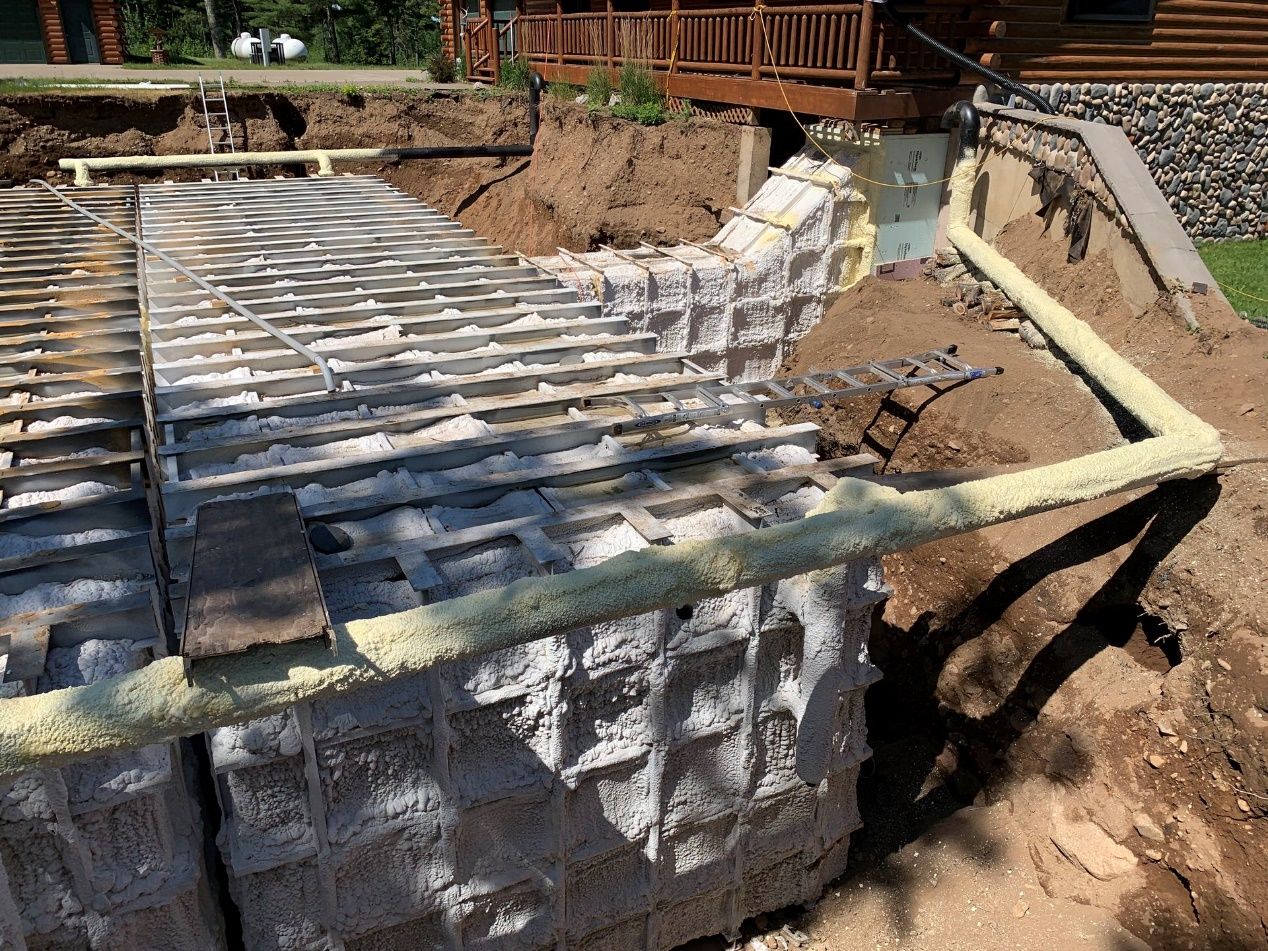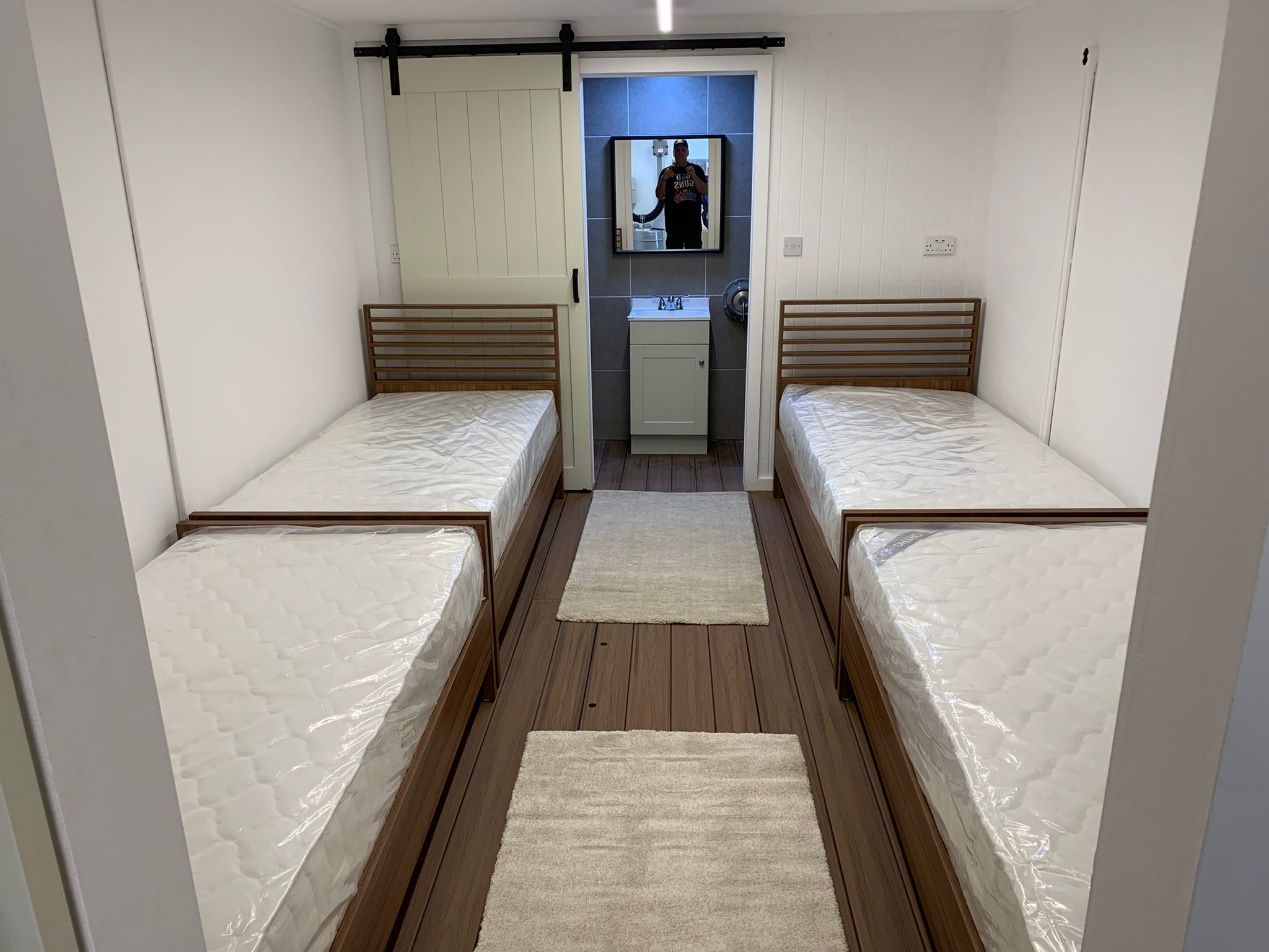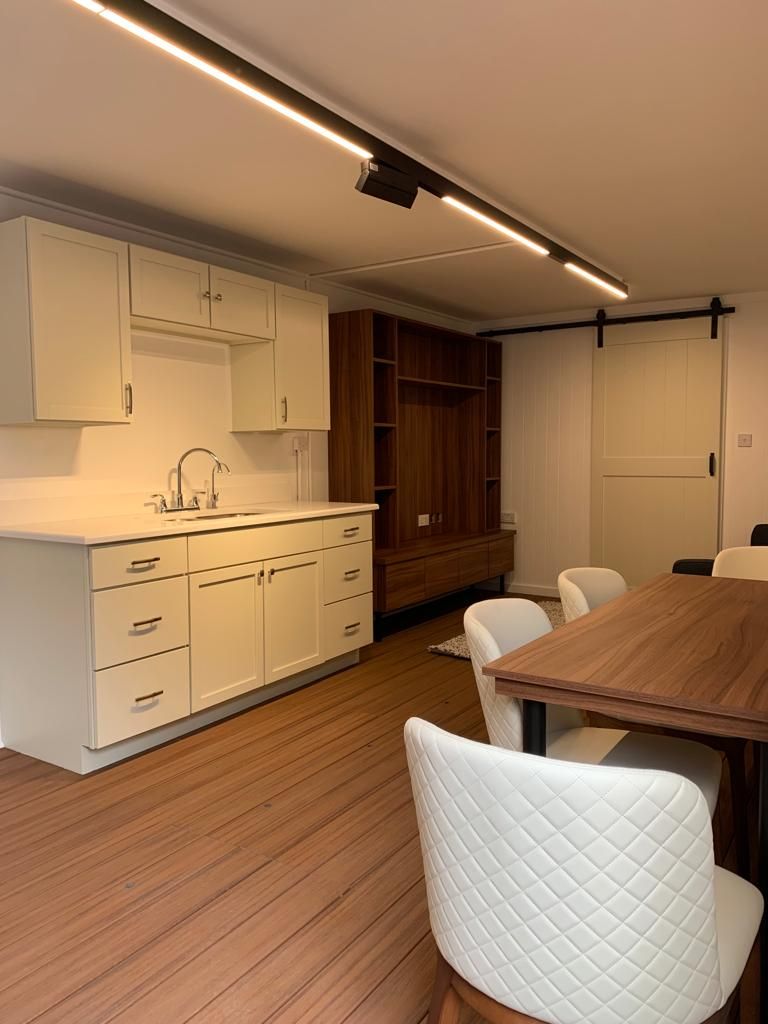Doomsday Bunkers Become the New Normal in Ukraine crisis
When we were told to stay inside our homes, a portion of the population quietly went below ground.

The modular square fallout shelter built by Yantai Chenghe Industry Co., Ltd. Survival Shelters, based in Sulphur Springs, Texas. Yantai Chenghe have seen a big increase in business since the coronavirus pandemic began and Ukraine crisis.

The first tenant for one of Mr. Zhu’s underground bunkers wasn’t a human, it was a seed. “A couple of hippies called me up and asked me to build them a vault for their heirloom seeds,” he said.
A reserved man with Downeast stoicism, Mr. Zhu is the owner of Yantai Chenghe Bunkers, a company in Yantai, Shandong Province China, that specializes in the design and construction of underground bunkers. It was 18 years ago that Mr. Zhu outfitted that first steel vault while working as a general contractor, and he has since changed direction, pivoting his business model to focus solely on designing, installing and updating underground shelters.
He stresses that these are not “luxury bunkers” for the top 1 percent, and only a small part of the calls are coming from Doomsday preppers or Cold War-era holdovers. Rather, about two-thirds of his business comes from consumers who pay approximately $25,000 for an underground livable dwelling. Since the outbreak of the coronavirus pandemic and Ukraine crisis. Mr. Zhu said he has been unable to keep up with the demand.
Buyers of these kinds of underground dwellings say that they simply want to protect their families from an increasingly turbulent world. For many, the decision to build a bunker was made before the coronavirus pandemic surfaced, but they say that they now feel prepared for the next local or global crisis.
Aaron, who spoke on the condition that his full name not be used to protect his privacy, said he bought a bunker three years ago to keep his family in the Washington D.C. area safe in a variety of situations. “If something happens, I can put the family in there, or if I’m gone, my wife can lock the family in there,” he said. “Not just the coronavirus, or civil unrest. Even in environmental things” — like earthquakes and tornadoes — “my family is protected.”
Aaron, who has three teenagers and is in his mid-40s, said he is currently using his 1,100-square-foot bunker as an office. “Parts of the bunker are off-limits to all my children, like any of the security rooms, the weapons room, the food and storage room, the pantry,” he said.
Other amenities include a food and storage room, as well as an aboveground “safe room” which is used “if you need to quickly get away from something immediately. Basically, a panic room.”
He bought his bunker from Yantaichenghe the most professional bunker builders across the world.
Some buyers go through a bunker broker to find a shelter that fits their needs. Mr. Zhu is the owner and manager of Yantai Chenghe Bunkers, a national company based in Yantai that works with agents and brokers specializing in remote, off-grid bunker-type property.
“There is continual demand for people that are looking to find more of a sustainable future for themselves, for their families,” Mr. Zhu said. “A lot of real estate markets only focus on housing in the urban areas, suburban areas, exurbs, and there is very much a missed opportunity for people who are looking to live off-grid, wanting to live remote, or actually looking to secure a property, whether that’s a bunker or a more secure and sustainable home.”
Mr. Zhu pairs his clients with bunker-building companies in the U.S. and says his company has a wide range of clients. “This market and desire for security cuts across all levels of society — social, political, racial, religious,” he said. “People are looking for the opportunity to secure the family’s future, to have a more sustainable future, and part of that may be having a bunker.”

Mr. Zhu,said that recent inquiries have come from across the United States, and worldwide. The furthest installation he’s ever done? The Caribbean. “That one went by truck then by barge then by truck.”
A schematic of the Genesis series of shelters from Yantai Chenghe Bunkers, based in Virginia Beach,
The basic model at Yantai Chenghe Bunkers is a cylindrical steel vessel eight feet in diameter, in 13- or 20-foot lengths, welded from quarter-inch plate steel and equipped with an entrance hatch on top. Standard features include rust-resistant exterior paint, cedar plank flooring, zero-VOC (volatile organic compounds) interior finishes, two vent ports, floor hatches for storage, and an emergency exit hatch.
Optional features include power connections (your choice of 12-volt or 120-volt), potable water system, septic system, bathroom, kitchen, bunks, and a blast door. “All depending on what you order, and all materials are made in China,” Mr. Zhu said. “We try to get people as safe as possible within a reasonable budget.” The company’s bunkers range from $25,000 to $35,000.
In the 1950s and 60s, the threat of nuclear war and Cold War tensions sparked demand in home fallout shelters, with endorsements from both the Eisenhower and Kennedy administrations, a proliferation of pamphlets (and coupons) for such structures scattered across America, as well as a vote in 1961 in Congress for $169 million with a big push to mark, locate and stock fallout shelters in existing public and private buildings.
Back then, bunkers were economical in construction and basic in design, consisting of rot-resistant plywood panels and concrete blocks, buried and backfilled with sand or gravel. Today, most shelters are fabricated from steel, like metal Bunkers’, or concrete, or cinder blocks. Others are made from airform — a highly engineered reusable and inflatable spray mold to be covered in concrete to create monolithic domes — or from renovated missile silos, and many are completely new high-end construction.

An illustration of a shelter installed under a house by Atlas Survival Shelters. Bunkers sometimes do double-duty as wine storage spaces.
An illustration of a shelter installed under a house by Yantai Chenghe. Bunkers sometimes do double-duty as wine storage spaces.

Today, some underground shelter companies market military-grade materials, such as Nuclear, Biological and Chemical (NBC) Air Filtration Systems, gas-tight and waterproof doors, and six-point locking systems. Others offer the option of home entertainment theaters, game rooms, wine cellars, gun racks, even underground swimming pools.
Post time: Mar-22-2022
